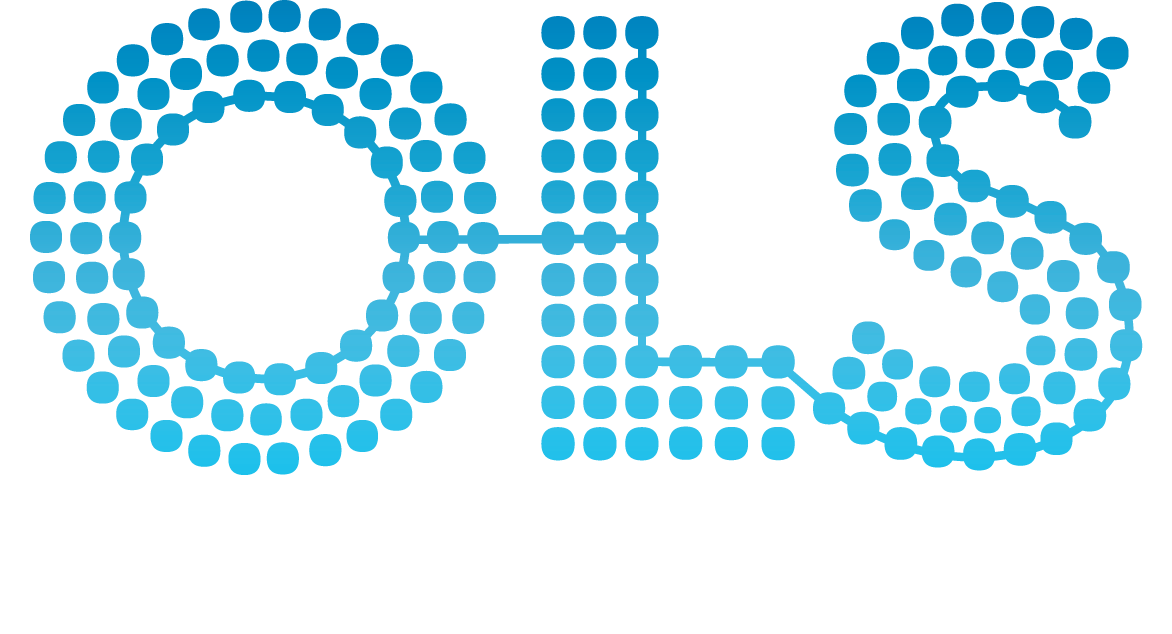shape complementarity algorithm
Go to external page http://scai.fraunhofer.de/HuPSON#SCAIVPH_00000598
Term information
The most common technique used in many docking programs, shape-complementarity methods focus on the match between the receptor and the ligand in order to find an optimal pose. Programs include DOCK,[3] FRED,[4] GLIDE,[5], SURFLEX[6] and many more. Most methods describe the molecules in terms of a finite number of descriptors that include structural complementarity and binding complementarity. Structural complementarity is mostly a geometric description of the molecules, including solvent-accessible surface area, overall shape and geometric constraints between atoms in the protein and ligand. Binding complementarity takes into account features like hydrogen bonding interactions, hydrophobic contacts and van der Waals interactions to describe how well a particular ligand will bind to the protein. Both kinds of descriptors are conveniently represented in the form of structural templates which are then used to quickly match potential compounds (either from a database or from the user-given inputs) that will bind well at the active site of the protein. Compared to the all-atom molecular dynamics approaches, these methods are very efficient in finding optimal binding poses for the protein and ligand. source: http://en.wikipedia.org/wiki/Searching_the_conformational_space_for_docking

